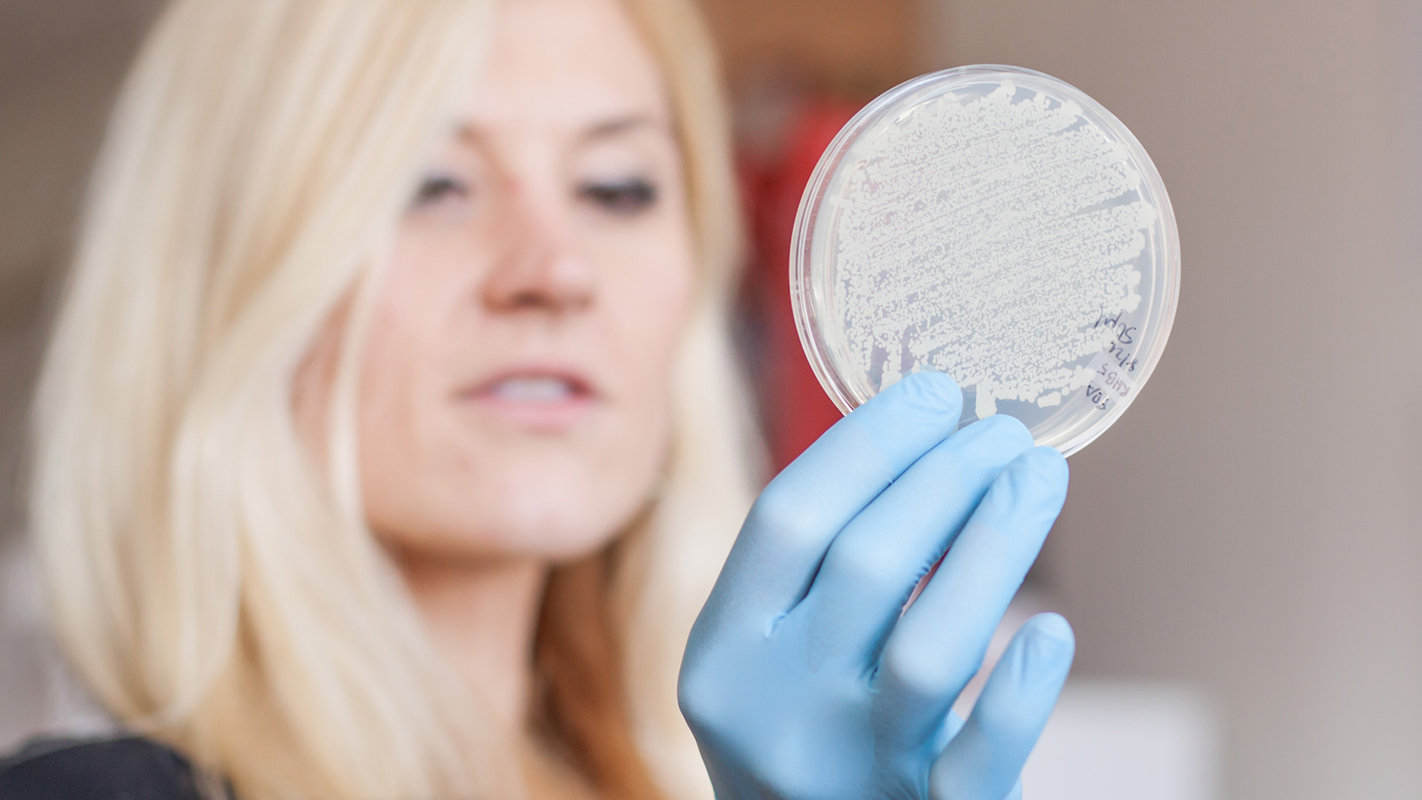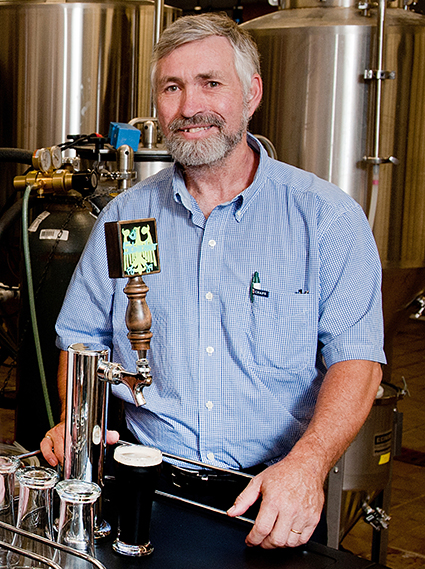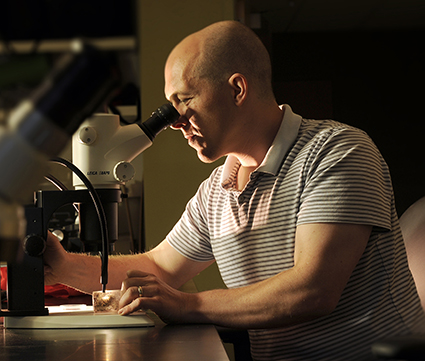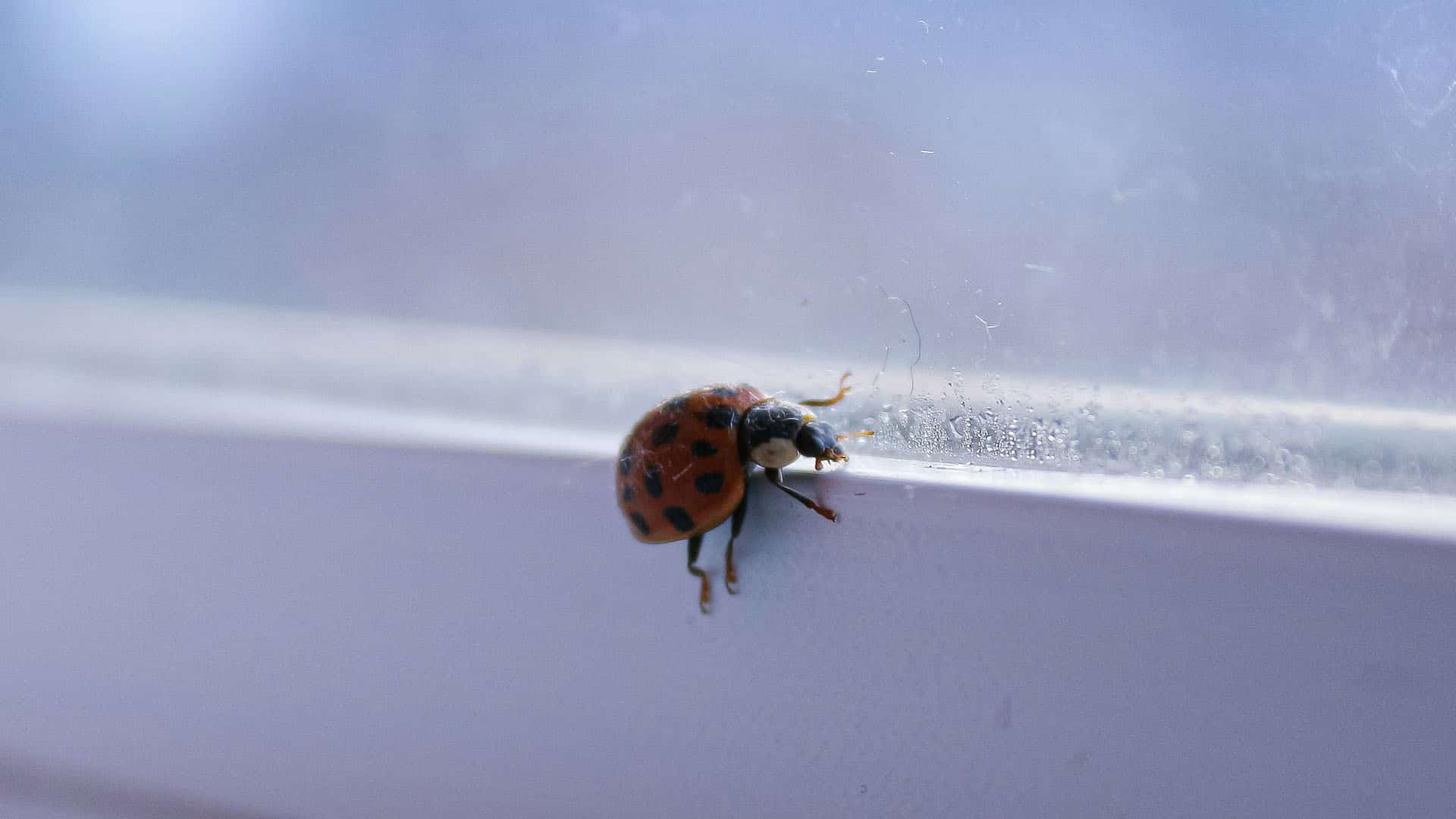From the Lab Bench to the Beer Glass

When John Sheppard was asked to brew beer from wild yeast, he was skeptical. Humans, after all, have been brewing beer for millennia. If there were yeasts out there that could make a good pint, they would surely have been found years ago. But, it turns out, Sheppard proved himself wrong.
Sheppard is a bioprocessing professor at NC State University, where he splits his time between a small office and an industrial-looking research laboratory tucked away in the basement of an academic building. And what Sheppard studies is beer. Particularly, Sheppard’s research is focused on the art and science of turning water, hops, malt and yeast into ales and lagers. He’s both a brewer and a scientist.

In spring 2014, the North Carolina Science Festival overlapped with the World Beer Festival in Raleigh, and representatives of the festival approached Sheppard about developing an exhibit on the science of brewing. They suggested Sheppard work with NC State biologist Rob Dunn to find wild yeasts and use them to make beers that could be sampled by patrons at the World Beer Festival. It could be, they said, a tasty and accessible way to get people interested in the microbial biology of the natural world.
Still, Sheppard’s initial skepticism was well-founded.
Yeasts are a type of fungus — single-celled organisms that, individually, are invisible to the naked eye. And there are hundreds of different species, many of which include numerous different strains. But of all those species, only two are typically used in making beer.
The reason more yeasts haven’t been used in brewing is because a beer-making yeast needs to be able to do two things: it has to both “eat” maltose (the sugar in malt) and produce ethanol efficiently. Most yeasts can’t do either, much less both.
But Sheppard was willing to give it a shot, and so he reached out to Dunn. The biologist, in turn, reached out to the people in his research group to see if they had any ideas. One of those researchers was Anne Madden.
Madden is a postdoctoral microbiologist affiliated with both Dunn’s lab at NC State and Noah Fierer’s lab at the University of Colorado. In her official capacity as a postdoc, she studies the microorganisms of the “built environment” – particularly, how insects and other arthropods introduce microorganisms to homes, workplaces and other buildings. She is, in other words, an expert on the microscopic organisms that live on insects.
Before joining the Dunn lab, Madden did extensive work on the microbial communities found on paper wasps. Because of that background, she knew that wasps are home to communities of yeasts, some of which are associated with winemaking. Maybe one of those yeasts would work for brewing, she thought.
Taking samples from wasps, Madden ultimately isolated a wild species of yeast that had never been used for commercial brewing and shared it with Sheppard.
Sheppard cultured the sample, growing the yeast until he had enough to try brewing with it. And the results were not what he expected.
“That first batch produced a really sour beer,” Sheppard says. “But when we served it at the World Beer Festival, people loved it.” And, since people loved it, the researchers did it again.

Last summer, Madden provided Sheppard with a second wild yeast sample – this time found on a species of bee, which turned out to be particularly apt.
“The beer we brewed with the second yeast included flavor compounds that tasted like honey – very sweet and aromatic,” Sheppard says. “People liked it, and couldn’t believe there was no honey in the beer.
“So, I kept experimenting with different ale recipes, with promising results.”
And what Sheppard found was, well, kind of amazing. By making small adjustments to the brewing process, the wild yeasts produced very different flavor compounds, called esters. Some of the ales tasted like sour beers, some like honey, some like apple cider. And these characteristics could be extremely useful for brewers.
“For example, sour beers are increasingly popular, but they’re tricky for brewers – because traditionally, producing sour beers requires brewers to work with bacteria as well as yeasts,” Madden says. “And that process means it can take six months, or even years, to produce a sour beer. But our yeast strains can produce sour beers within five days, and they don’t rely on bacteria – eliminating the risk of contaminating other beers in a brewery.”
Once they realized the potential of these wild yeasts, the researchers began collecting data on how these yeasts grow and precisely which esters they produce.
They also worked with NC State to file an invention disclosure to protect their intellectual property, and secured financial support from the Chancellor’s Innovation Fund, which provides grants to faculty to help researchers move innovative concepts from the laboratory to the marketplace.
They got the funding, and Sheppard is now working to develop a yeast management strategy to ensure that brewers using the same recipe will consistently produce beers with the same flavor profile.
But this may be only the tip of the iceberg.
“We want to see how many of these [yeast] strains we can find,” Dunn says. “Are tens of new and useful strains lurking out there? Hundreds? Thousands? We’ll be figuring out the best ways to get these new strains, be they few or thousands, to the folks who can use them.”
And who could use them? You’d be surprised. Fermentation plays a role in making everything from sauerkraut and kimchi to chocolate and coffee.
“The key to applying this approach to other products is coming up with a strategic way of determining which microorganisms might be able to work with which food production processes,” Sheppard says.
It’s sure to be a complicated process. But Dunn isn’t daunted.
“Personally, I want to devote most of the new work that happens in my lab to projects in which we attempt to find new values in the biodiversity around us every day,” Dunn says. “That will include more yeast work, but also work on new biofuel organisms, new antibiotics, new stimulants akin to caffeine and more. I’ve spent my career telling people nature is of value; now I want to spend the next decade putting my work where my mouth is.”
- Categories:


